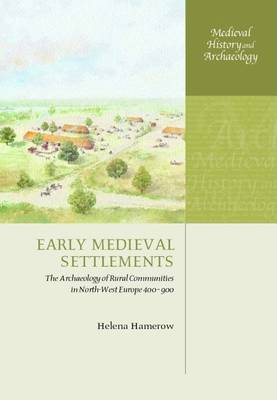
- Retrait gratuit dans votre magasin Club
- 7.000.000 titres dans notre catalogue
- Payer en toute sécurité
- Toujours un magasin près de chez vous
- Retrait gratuit dans votre magasin Club
- 7.000.0000 titres dans notre catalogue
- Payer en toute sécurité
- Toujours un magasin près de chez vous
Early Medieval Settlements
The Archaeology of Rural Communities in North-West Europe 400-900
Helena (University Lecturer in Medieval Archaeology and Fellow o
125,95 €
+ 251 points
Description
The excavation of settlements has transformed our understanding of life in north-west Europe during the early Middle Ages, a period for which written sources are scarce. In this title, Helena Hamerow places the archaeological findings in their historical context and examines their significance for Anglo-Saxon England.
Spécifications
Parties prenantes
- Auteur(s) :
- Editeur:
Contenu
- Nombre de pages :
- 240
- Collection :
Caractéristiques
- EAN:
- 9780199246977
- Date de parution :
- 05-12-02
- Format:
- Livre relié
- Dimensions :
- 176 mm x 254 mm
- Poids :
- 595 g

Les avis
Nous publions uniquement les avis qui respectent les conditions requises. Consultez nos conditions pour les avis.






